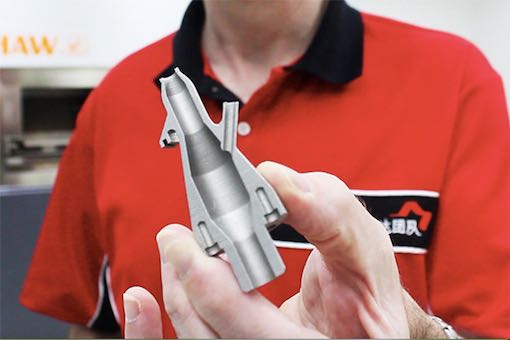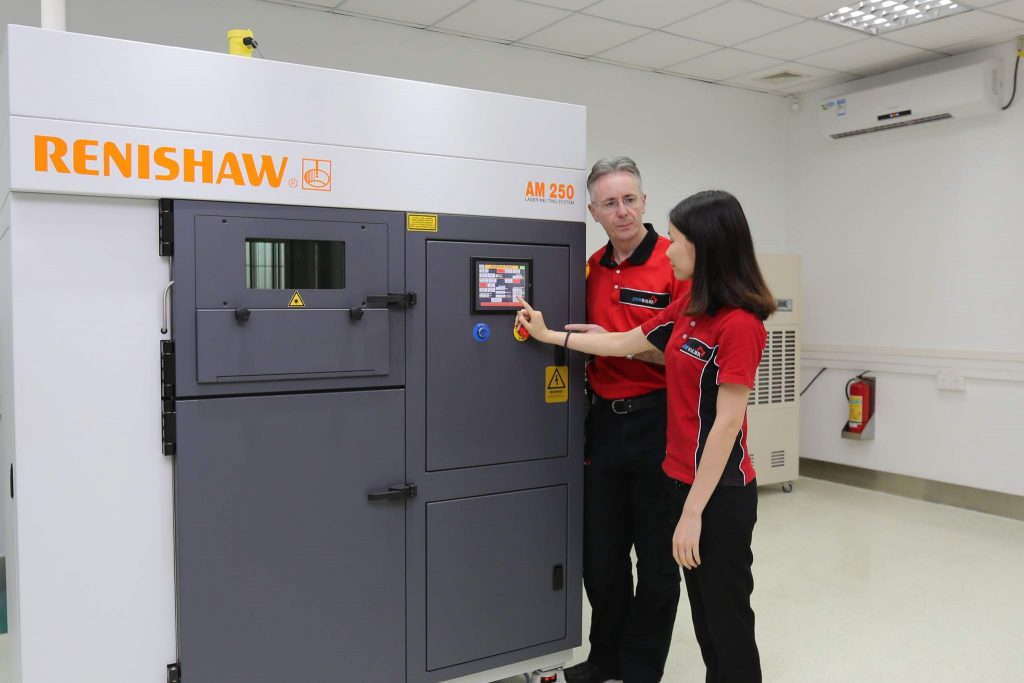3D printing is slowly working its way toward becoming a mainstream, volume manufacturing solution all over the world. We still don’t know what the full impact of the 3D printing revolution will be since new technologies, applications and hybrid systems continue to evolve.
A revolution in 3D printing
As exciting as 3D printing possibilities are, there’s also another, less publicized revolution taking place simultaneously, and it’s not to be found on the factory floor but in homes, classrooms and neighborhood makerspaces.
A revolution that can just as radically transform society as the advancement of 3D printing technology itself. That revolution is in the use of 3D printing as a gateway technology for inspiring engineers and entrepreneurs to get involved in making things again.
In the past, manufacturing was the foundational skill driving a country’s prosperity. Strong industrial nations, therefore, had a core middle-class of skilled workers in the trades who actually created physical objects in factories and workshops. They added not only to the real wealth of that nation in the form of finished goods, but also in shared traditions and knowledge that was passed along from one generation of makers to the next.
These traditions used to extend into the classroom and into daily life. Shop classes were a standard part of the curricula in schools. This ensured that all students, regardless of what vocation they would later pursue, had at least passing familiarity with the fundamentals of the engineering and mechanics behind how things are made and how machines do what they do.
But the older generation passed away, the factory jobs moved to countries where labor and materials were cheaper, and the younger generation focused their skills on the modern economies of technology and finance.
Although interest in manufacturing and shop classes all but disappeared for a while, we are now seeing renewed interest in how things are made. This interest is being sparked in young people around the world because of 3D printing.

A new skill set for designers
Today, inexpensive portable desktop 3D printers are being used in classrooms to teach the next generation how to design and create functional objects again. Among many of the great features of such printers is that they’re pretty much ready to use out of the box.
These printers pose no safety or noise hazards, require no physical strength or sweat to operate, and students of all ages can get immediate satisfaction from watching their designs become reality right before their eyes – a great incentive to inspire further creativity.
To design for 3D printing, young learners don’t need to master the same kinds of skills as their traditional manufacturing forebears – forging metal, turning parts on a manual lathe – but they will need to understand how machines work and the engineering principles underlying them. Additive manufacturing, regardless of the specific technology employed, will also require an adherence to certain rules unique to it.
At the moment, at least on an industrial scale, the adoption of 3D printing is hampered not by the technology but the fact that many people still don’t know how to design for it. There are special design requirements involving minimal wall thicknesses, the use of structural supports, the sizes and depths of holes, controlling overhangs and undercuts, and much more.

Digital manufacturing for the future
However, as young engineers become more familiar with the capabilities of these machines, such design thinking will eventually become second nature to them, just as children now grow up using smartphones, the Internet and computer apps as part of their daily lives.
They need to get comfortable with digital manufacturing now to prepare for the future. Learning about 3D printing and other digital manufacturing technologies is therefore replacing the old shop classes with something more relevant to the digital world of today and tomorrow.
As 3D printers rapidly evolve, so too does the software which drives them. Currently we “build” a 3D object in a computer program, assembling virtual pieces together step-by-step to create the finished shape. Goal-directed design software will soon free the designer to specify what they want and need the object to do, what its physical constraints are, and the environment in which it will function.
Once the parameters are established, the computer algorithm will generate a series of design solutions which fulfill the criteria.
Accessible and affordable 3D printing
These two simultaneous developments – accessible and affordable 3D printing machines and goal-directed CAD software – are the new tools that engineers, inventors and product designers of tomorrow will employ to invigorate regional and national economies. In addition, such accessible technologies will help to inspire creativity and rekindle the passion for making things that used to be the foundation of every great society.
We don’t see these developments as competition to commercial-scale production but rather as a welcome adjunct to it. The more that people know and understand how products are made and how to design for them, the easier it will be to scale up from prototypes to production.
At Star Rapid, we’re so passionate about educating the community on designing for 3D printing that we’re now creating online tutorials and face-to-face workshops so that everyone has access to the skills they need to become part of this revolution themselves. The free face-to-face metal 3D printing training courses will be held at our facilities in Zhongshan, China on August 14-16, November 6-8, 2017, as well as March 14-16 of next year. Interested in learning how we can help with your next manufacturing need? Request a quote today.



